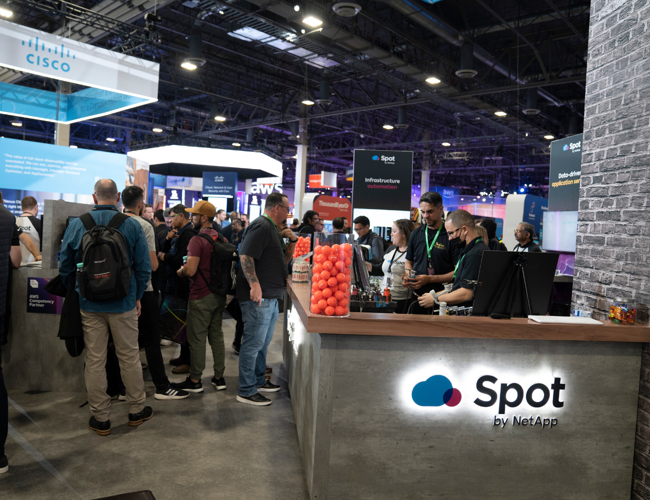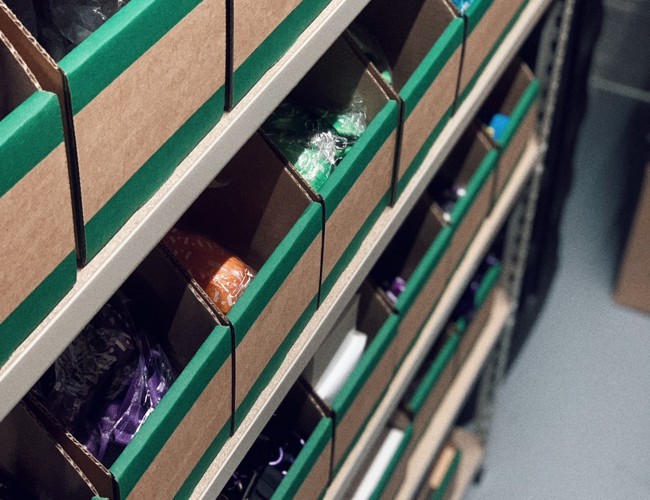The Great Hybrid Debate

While we can agree that a hybrid event includes face-to-face and virtual aspects over a set period of time, a recent Swapcard survey of 360 event professionals confirms that a little over 30% do not have a clear idea of what a hybrid event is, particularly a fixed definition and structure of this model (Swapcard, 2021).
Pre-pandemic, few organisers felt virtual events offered as much incentive or benefit to delegates, and they were often reserved for the likes of webinars, briefing meetings or components of recorded content from live events. But the world of virtual events has changed that, as has our original understanding of what a hybrid event entails.
Consequently, hybrid events can take on a variety of formats and critically can accommodate greater participation. These may include things such as live onstage sessions and broadcasts, on-demand presentations, real time Q&A for all attendee types, differing physical and virtual breakout sessions, engagement apps, social media integrations, to list a few.
The key to success is being very clear about your pre-, post- and live-day objectives and goals so you can design your event to the appropriate format, delegate preference and, importantly, budget. This will help determine if hybrid is even the right way to go for your event. Ask yourself: does this require a select or broader audience? How does it service your wider campaign, brand awareness initiatives and retention goals?
Consider:
- Setting common goals – agree on core categories and KPIs, identifying crossovers and contrasts.
- Setting content ROI goals – what can be leveraged, what needs to be created, are they available to all and if so, in what formats.
- Evaluate the technology – understanding your objectives clearly is what helps you identify the supporting elements, don’t sign up to something and figure out what these are later or you are bound to find shortcomings.
- Acknowledge the differences – both formats have differing strengths and focal areas, identify and leverage these.
Hybrid events come into their own when you consider: audience reach, access to attendees you may not have otherwise, knowing your audience and their preferences due to data captured through event marketing activities and post event data collection, increased ROI due to prolonged engagement and access to content for longer periods of time, online learning, education and follow up opportunities, increased brand awareness and delegate option, choice and inclusion.
You may have a two-hour long event that consists of a single presentation, a panel session, and some Q&A for a northern hemisphere audience. In this instance you may go the virtual event route. However, if you have a 100-person event over two days that includes a dinner reception, sponsors and demonstrations with 70% of the audience based in the same country, a physical event may make more sense. If you do go down the hybrid route you need to think about how to leverage and reward each attendee type for their selection then please get in touch with us.
Perhaps you see a reduction in length of your physical event and have face-to-face time spent on the keynote session, networking, interactive and social activities, and online time spent accessing presentations, roundtables, Q&A, and downloadable content over a longer period. Leveraging the lifecycle of hybrid events.
Either way, it is important to develop a delegate journey that makes your event as consistent as possible regardless of attendance type. You do not want either group to feel as though they are having a lesser experience than the other. Be prepared for their arrival: when delegates arrive they are prepared to be engaged. They will however quickly disengage if they are not getting what they came for, so communicate what is on offer, where and at what point in time from the outset.
Challenges
So, we have identified there are single models or approaches for these types of events, but how do we tackle the changes to a single delivery method when it comes to production, sponsorship and ticketing? There is no single answer, but adding these considerations to your brainstorming and design stages will start you down the right path and help measure against those all important objectives:
- Production: Holding a hybrid event will likely see increases to your production costs in some form, so having a clear idea of what is required, where and when, will help to identify the scope of this at the outset. Do you want to stream into your platform or will this be different content, or available at a later stage? Do existing platforms service your needs or will you need something more complex? Remember, this may be off-set by a reduction in venue, catering and accommodation costs, and in some instances travel costs.
- Sponsorship: We see the hybrid model as the ultimate for sponsors, offering increased branding opportunities and greater potential for exposure and reach. Given such opportunities this may provide you with more income, which can serve to off-set some of those increased hybrid model costs.
- Free to attend: If you’re running a free event how do you reduce no-shows? Perhaps you need a process to track/prevent people going virtual at the last minute when you have committed to F&B spend with the use of a cancellation policy that corresponds to your committed supplier costs so that you aren’t caught off guard, much like you would for a ticketed event.
- Pay to attend: What to charge, yes well!.. It is always difficult to measure the value of your content and the bringing together of like-minded professionals to your audiences. So we often look to the tangible elements. In doing this, consider what are the elements supplied to each audience, what are you replicating, enhancing, introducing, excluding in your hybrid model? Ultimately, you need to understand what elements your budget is covering versus what your consumers are. It would be wise to keep a finger on the pulse of what others are offering in the marketplace and ask yourself what your consumers would be willing to pay for and what is fair and reasonable?
Hybrid Events and Engagement
Consider designing your event so that it reduces the one-way conversation, is humanised and authentic, rather than a presenter with slides alone (otherwise the duration needs to be cut down by half), particularly for at-home audiences who prefer shorter sessions and more frequent breaks.
Think about creating ask-me-anything sessions with product developers, speakers or industry leaders. Change up your pacing, so in breakouts or in Q&A sessions you set a different pace and tone, providing a more relaxed experience – complete with a tea/coffee cam!
It's worth noting that not all people who attend a roundtable want to be active in their participation. This does not mean they are not engaged. These participants may wish to absorb, ponder, and ask questions, provide thoughts and ideas later. Present a forum that allows this conversation to continue.
Think Big Picture
Your goals should look beyond running a great standalone event. You want to compel consumers to understand the need to buy (or continue buying) from you. So, your delegate journey map and event design needs to fit within the goals of your wider campaign and alongside your other campaign elements - think building communities all year long.
Perhaps the follow up is based on interactions at the event, through qualifying responses to your polls - this offers some dialect and the opportunity for follow up. Use engagement data and questions to create follow up events, webinars, LinkedIn Live events, community chats or papers, reminding people to go back and watch or attend complementary content.
Hybrid events are an exciting way to engage with your audiences like never before and offer an array of opportunity for your consumers to learn and engage. But this does take work and requires more pre-planning than you have perhaps done before, so start the process early. Think about what support you need and consider how this fits within your other sales and marketing activities to make it more accessible and interesting than ever before.
If you would like to discuss anything mentioned in this article and see how the Outsourced team can assist you, get in touch today.
Our Latest Knowledge & Insights

Downloadable Resource - What are the 5 Stages of Event Management
Take a look at our guide on the 5 Stages of Event Management
Read More
What are the 5 Stages of Event Management?
The success of an event relies on meticulous management through a defined event life cycle. In this article we explore the five key stages of the event management process for professional conference and B2B events and how each contributes to delivering a successful, professional experience.
Read More
Simon Morrison
Simon joined Outsourced Events in November 2021. Having nearly a decade of warehouse experience in retail with the likes of John Lewis and more, he has contributed significantly to enhancing our warehouse’s stockroom and logistics standards, while also facilitating OE's expansion into Europe.
Read More






